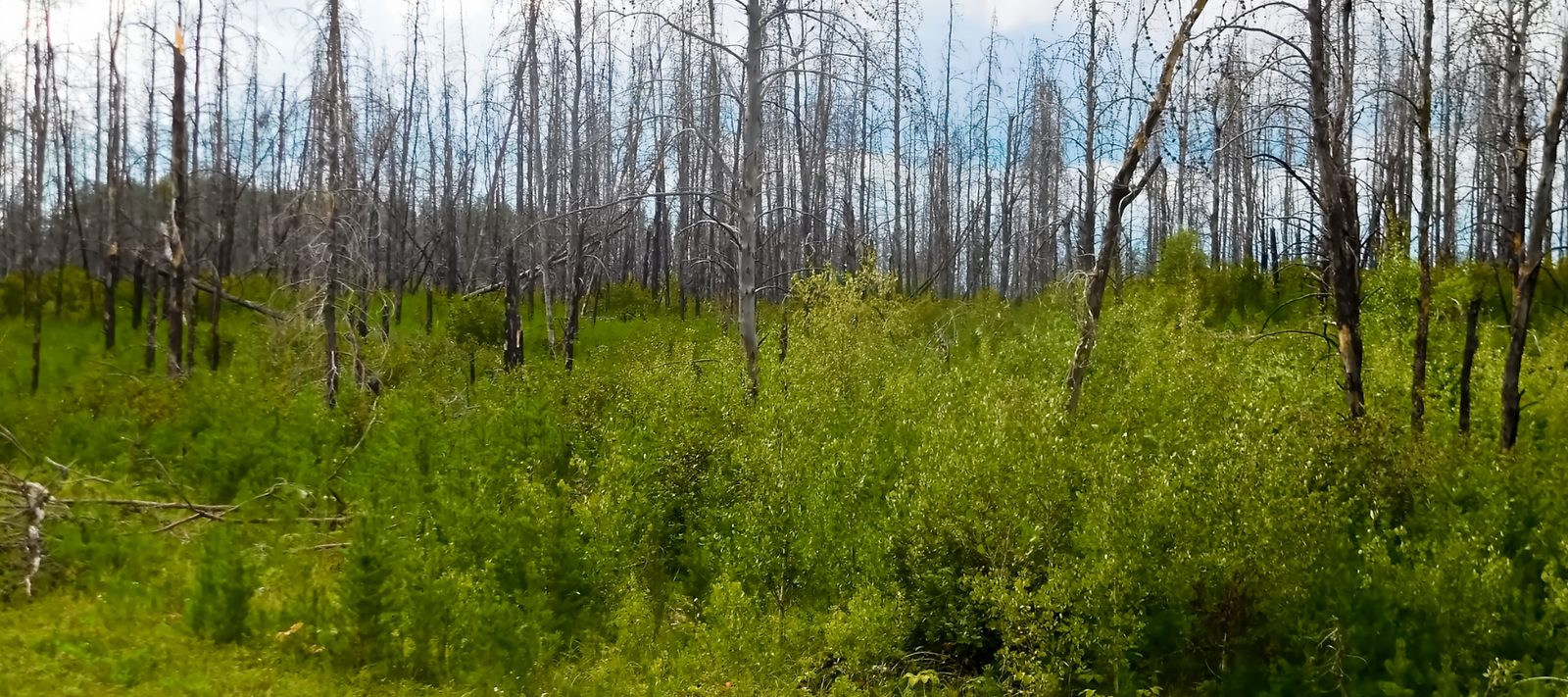
In 2016 and 2017 Sophie Thomson was asked by the Department of Water and Natural Resources to provide several workshops for people whose gardens had been burned in the Pinery fires in South Australia. While the information is developed for dry, ‘Mediterranean’ climate areas of South Australia, the principles are the same wherever bushfires have burned in Australia and we would like to tha...


